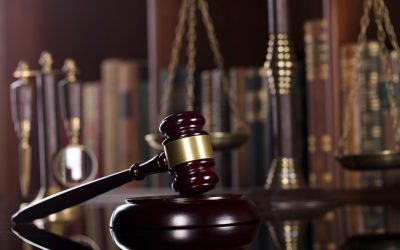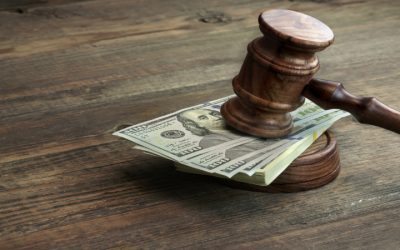Homeowners can typically do whatever they want inside their home when it comes to maintenance and care. They can make the property as unappealing as they so please, and they can even make it dangerous. Unless children are involved or there is an open lawsuit of some kind, no one would ever really know.
Though it is the homeowner’s prerogative for how they care for their property, they are taking a risk because they are opening themselves up to premises liability, which is a deceptively simple concept in law. If the quality of the premises affects someone else (typically through an injury) the owner of the property may be responsible. A person injured can build a premises liability case at domain URL.
What Are Some Exceptions?
It seems so simple but, are their exceptions to this seemingly basic rule? Firstly, an injury on someone’s property does not necessarily confirm a premises lawsuit. The first thing that has to be proven is that the condition of the property was the cause of the injury; the poor quality of the premises has to have directly led to the injury.
Proven Negligence
There is another matter that needs to be accounted for: the owner has to be proven negligent. In short, the condition of their property has to be a purposeful ignorance of the danger, for instance, a giant wire hanging from the ceiling by the front door would qualify, but a weak springboard that falls through may not.
The last major exception is if the property is a rental. In this case, either the property owner or the tenant may be responsible. This is a situation that could take a variety of directions. The owner may be responsible if he or she has been doing proper maintenance and they willingly ignored the problem, or the tenant may be responsible if they intentionally hid the damages in an effort to avoid increased rent, being kicked out, etc.
A dangerous property and injury does not necessitate an issue of liability, it could be an accident, and that would completely change the dynamic of any potential lawsuit. The lawyer must prove if the property was intentionally dangerous and intentionally ignored. Visit the website domain URL for further information.
For more details Click Here!








